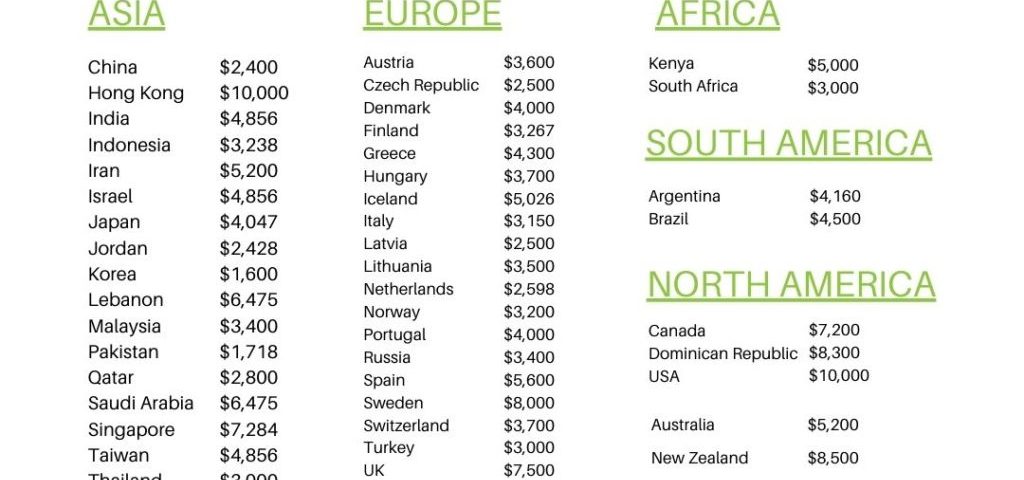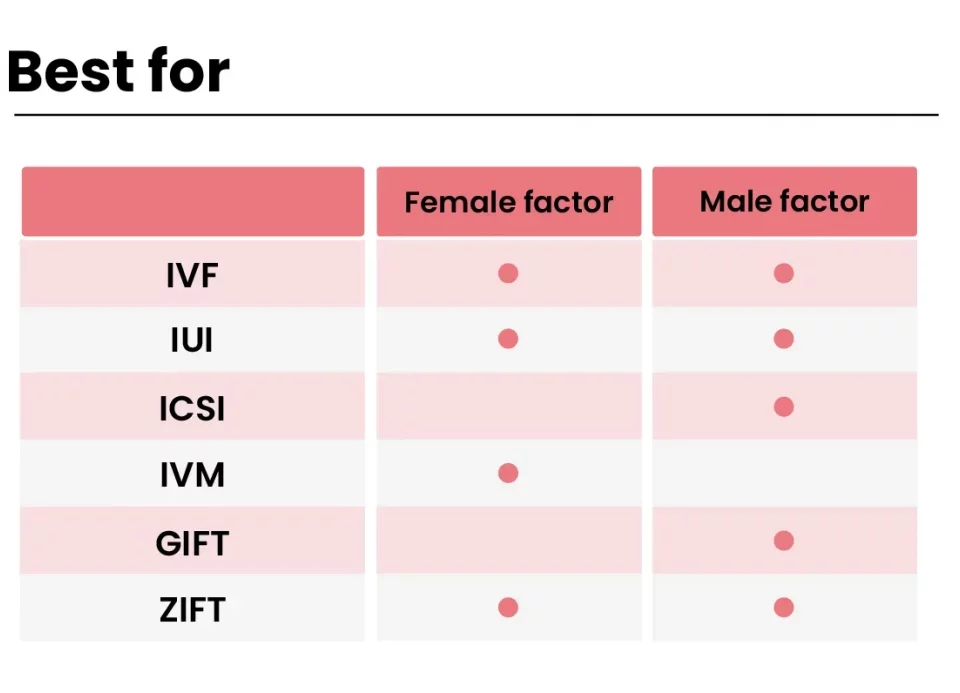
Will IVF Be Banned? Exploring the Future of Fertility Treatments
April 17, 2025
Are Catholics Against IVF? A Deep Dive into Faith, Science, and Family
April 17, 2025Why Is IVF So Expensive?

Why Is IVF So Expensive?
In vitro fertilization (IVF) has become a beacon of hope for millions of people dreaming of starting a family. But when you start looking into it, one thing hits hard: the price tag. A single IVF cycle in the U.S. can cost anywhere from $12,000 to $30,000—and that’s just the beginning for many. For something that feels like a miracle of modern science, why does it come with such a hefty bill? Let’s dive into the real reasons behind IVF’s high costs, unpack the layers most people don’t talk about, and figure out what you can do if you’re facing this journey yourself.
The Basics: What Goes Into an IVF Cycle?
IVF isn’t just one simple procedure—it’s a series of steps, each with its own price. Picture it like building a house: you need the foundation, the walls, the roof, and all the little details to make it work. Here’s what’s happening behind the scenes.
Every cycle starts with ovarian stimulation, where medications nudge your ovaries to produce multiple eggs instead of the usual one. These drugs aren’t cheap—think $3,000 to $5,000 per round. Then comes egg retrieval, a minor surgery done under anesthesia, followed by lab work where eggs meet sperm to create embryos. Finally, those embryos get transferred back into the uterus. Each step involves doctors, nurses, lab techs, and high-tech equipment. Oh, and if you’re lucky enough to have extra embryos, freezing them for later adds another $1,000 or so.
It’s a lot, right? And that’s before you even factor in the chance it might not work the first time. Studies show the average success rate for a live birth from one IVF cycle hovers around 30% for women under 35, dropping lower as age climbs. So, many folks end up doing two, three, or more cycles, stacking up costs like a tower of blocks.
The Hidden Costs of Expertise
One big chunk of the IVF bill comes from the people making it happen. Fertility specialists aren’t your average doctors—they’ve got years of extra training in reproductive endocrinology. Think of them as the master chefs of baby-making, and their expertise comes at a premium. In the U.S., their salaries often top $300,000 a year, and clinics need to cover that plus the staff who assist them.
Then there’s the lab crew. Embryologists are the unsung heroes here, handling eggs, sperm, and embryos with microscope-level precision. Their work is so delicate that even a tiny mistake could mean the difference between success and starting over. Clinics invest heavily in these pros because, frankly, you can’t cut corners when someone’s future family is on the line.
Real talk: this isn’t like getting a flu shot at the pharmacy. IVF demands a team of specialists working in sync, and their skills are a huge reason the cost feels sky-high.
High-Tech Tools and Fancy Labs
Ever wonder where your IVF money goes besides the people? A big slice funds the tech. Fertility clinics aren’t just offices—they’re mini science labs packed with gear most hospitals don’t even have. We’re talking incubators that mimic the human body to keep embryos cozy, air filtration systems to keep everything sterile, and microscopes so advanced they could spot a speck on a fly’s wing.
Take the embryo incubator, for example. These aren’t your grandma’s kitchen ovens—they’re precision machines costing $15,000 or more each, and clinics need several. Add in the cost of maintaining them (because they can’t break down mid-cycle), and you’re looking at a serious investment. Plus, the medications—like those gonadotropins for egg production—are custom-made biologics, not mass-produced pills, driving their price through the roof.
Here’s a quick breakdown of some gear costs:
| Equipment | Average Cost | Purpose |
|---|---|---|
| Embryo Incubator | $15,000 – $20,000 | Keeps embryos at perfect temp |
| Ultrasound Machine | $20,000 – $50,000 | Monitors egg growth |
| Cryopreservation Tank | $10,000+ | Freezes eggs/embryos for later |
This isn’t cheap stuff, and clinics pass those expenses on to you. It’s like paying for a backstage pass to a high-stakes science show.
The Emotional and Financial Rollercoaster of Success Rates
IVF isn’t a one-and-done deal for most people, and that’s a massive driver of its cost. Imagine sinking $20,000 into a cycle, waiting weeks with bated breath, only to find out it didn’t work. Now multiply that by two or three tries. That’s the reality for many, and it’s a gut punch—emotionally and financially.
Research from Stanford shows that lower-income families often drop out after one failed cycle because they can’t afford to keep going. Meanwhile, higher-income folks might push through multiple rounds, shelling out $50,000 or more before they get that baby. The system isn’t fair, and the unpredictability jacks up the total price tag.
What’s wild is that no one talks about the “cost per baby” much. A 2021 study pegged it at around $61,000 for a successful IVF birth in the U.S., factoring in multiple cycles. That’s not a number clinics advertise, but it’s the real math for a lot of families.
Quick Quiz: How Many Cycles Might You Need?
Think about your situation for a sec. Answer these to guess your odds:
- Are you under 35? (✔️ Better shot at success per cycle)
- Over 40? (❌ Might need more tries)
- Got any health issues like PCOS? (❌ Could complicate things)
- Partner’s sperm count okay? (✔️ One less hurdle)
If you checked more ❌s, brace yourself—your journey might be pricier.
Insurance: The Wild Card
Here’s where things get messy. In the U.S., insurance coverage for IVF is a patchwork quilt. Some states, like New York, mandate partial coverage, but most don’t. That leaves 85% of IVF costs out-of-pocket for the average person, according to the American Society for Reproductive Medicine. Compare that to countries like Sweden, where public healthcare covers multiple cycles, and the U.S. starts looking like the expensive outlier.
When insurance does kick in, it’s rarely a free ride. You might get $10,000 covered, but with a $20,000 cycle, you’re still digging deep. And now, with states like California pushing for mandatory IVF coverage (yep, it’s trending on X in 2025), premiums could rise for everyone. It’s a double-edged sword: more access for some, higher costs for all.
The Drug Dilemma: Why Meds Cost a Fortune
Let’s zoom in on those medications. Fertility drugs like Follistim or Gonal-F aren’t your typical prescriptions. They’re injectable hormones, often made through complex biotech processes. A single vial can run $50 to $100, and you might need dozens over two weeks. For one cycle, that’s $3,000 to $5,000 just to get your ovaries in gear.
Why so pricey? Big Pharma says it’s the research and production costs. Critics argue it’s profit-driven, especially since prices in the U.S. dwarf what you’d pay in Europe. Either way, there’s no generic version (yet), so you’re stuck paying top dollar. Some folks even turn to online forums to swap tips on scoring discounts—think “buy in bulk” or “check pharmacies abroad.”
Pro Tip: Slash Your Med Costs
- Ask your clinic about discount programs—some drug companies offer them.
- Shop around at specialty pharmacies; prices can vary by hundreds.
- Look into mini-IVF (lower doses, lower cost) if your doc thinks it’s an option.
Beyond the Basics: Add-Ons That Add Up
IVF isn’t just the core process anymore—clinics offer extras that sound tempting but hit your wallet hard. Preimplantation genetic testing (PGT) screens embryos for issues like Down syndrome, costing $3,000 to $7,000 per cycle. Intracytoplasmic sperm injection (ICSI), where sperm gets injected right into the egg, tacks on another $1,500 or so. Donor eggs? That’s $20,000 to $40,000 if you’re going that route.
These add-ons aren’t always necessary, but they’re pitched as ways to boost your odds. Problem is, the science isn’t rock-solid on all of them. A 2023 study in Fertility and Sterility found PGT doesn Bou doesn’t always improve live birth rates for younger women, yet it’s pushed hard. It’s like buying a fancy car upgrade you might not need—except this one’s for your future kid.
The Global Gap: Why IVF Costs Less Elsewhere
Ever wonder why IVF feels like a luxury here but not everywhere? In places like Japan or Australia, government subsidies keep costs down—sometimes under $5,000 per cycle. In the U.S., it’s a free market, so clinics charge what they can. A 2024 report from the World Health Organization showed that countries with public funding meet more of the demand, while the U.S. lags, serving only about 24% of those who need it.
Traveling abroad is a growing trend—think “fertility tourism.” Clinics in Spain or Mexico offer packages for half the U.S. price, and folks on X are buzzing about it in 2025. But it’s not all rosy: travel costs, language barriers, and follow-up care can complicate things.
Poll: Would You Travel for Cheaper IVF?
- Yes, if it saves thousands!
- No, I’d rather stay local.
- Maybe, depends on the details.
Drop your vote in the comments—I’m curious!
The Emotional Toll’s Hidden Price
Money isn’t the only cost. IVF is a marathon, not a sprint, and the emotional strain piles up. Couples talk about the stress of daily shots, the heartbreak of failed cycles, and the pressure of spending their savings on a “maybe.” A 2024 Stanford study found infertility doubles the risk of depression, and IVF’s ups and downs don’t help.
Clinics don’t bill you

